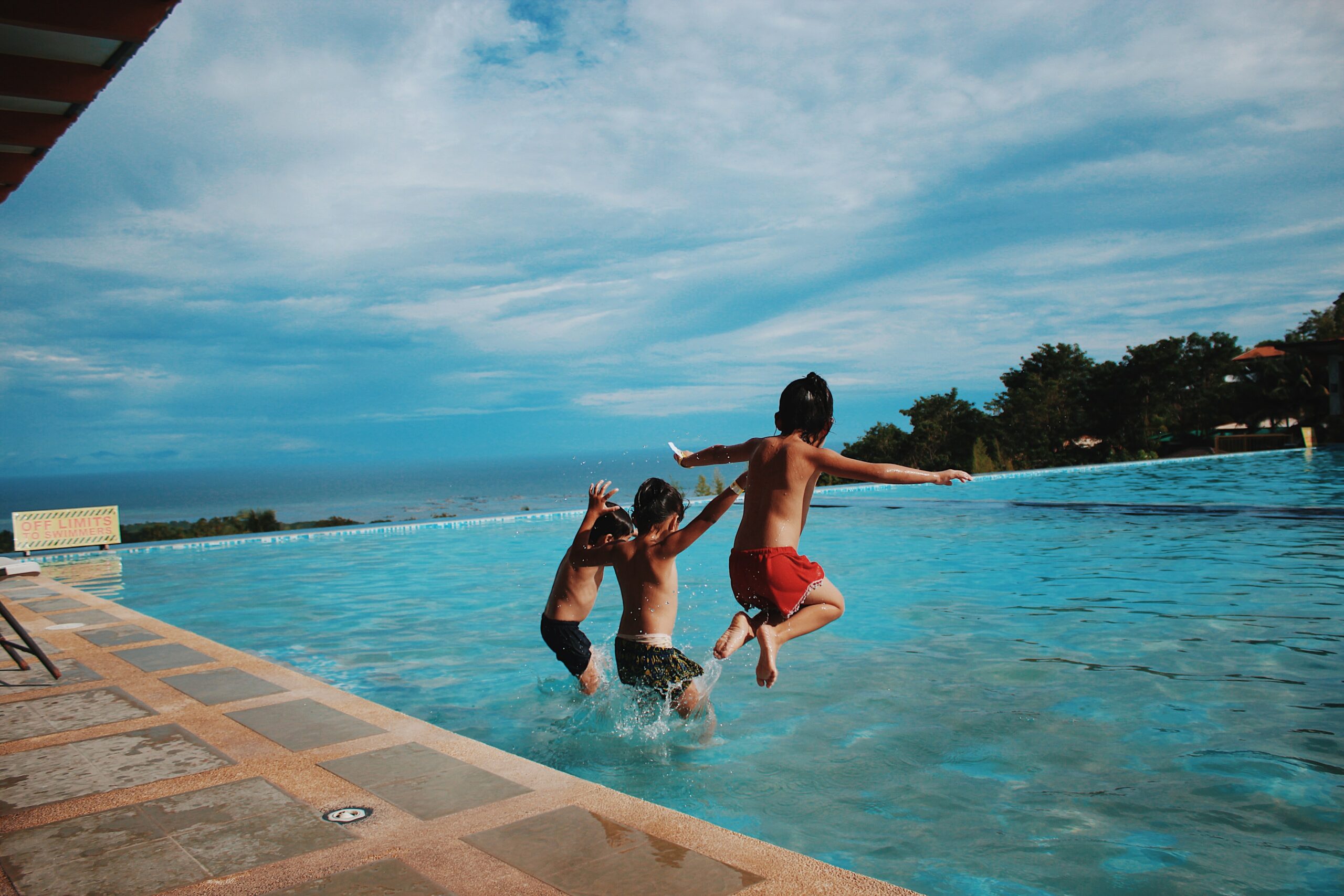Public affairs: Swim Smart by Mattison Holland

[adning id=”33097″]
 Swimming is one of the joys we receive when it’s finally hot enough to jump in the pool or head to the beach. It’s vital that we stay safe and prepared for any situation.
Swimming is one of the joys we receive when it’s finally hot enough to jump in the pool or head to the beach. It’s vital that we stay safe and prepared for any situation.
Even though swimming is a fun summer activity, it has its dangers. Knowing how to be cautious and have a good time is the best way to stay safe. No matter where you and your friends decide to spend a hot summer day, it’s important to keep these tips in mind.
Hot summer days are perfect for a family outing to the pool, but parents need to make sure they’re keeping an eye on their younger kids. This is especially for younger children not enrolled in any swimming lessons.
All children develop in different ways over varying amounts of time. Swimming lessons can be taken at any age, however, healthychildren.org states ¨Recent studies suggest that water survival skills training and swim lessons can help reduce drowning risk for children between ages 1-4.¨
YMCA (The Young Men’s Christian Association), says ¨Not only do swim lessons reduce the risk of drowning and improve water safety skills, but swimming is also a fun way to stay active and encourage healthy living from an early age.¨
With that being said, It’s good to get your children enrolled in lessons early on so they can grow in their skills. This will also decrease their probability of drowning and help them learn to be actively productive.
Knowing how to swim is practically a summer essential, however, not everyone has been given the opportunity to learn this skill.
The State of Texas drowning statistics calculated a total of 50 kids that have drowned in 2022. Knowing what to do in a drowning emergency might help you to save future lives.
The first thing you’ll want to do if you see someone drowning is to quickly call for help, whether that’s a nearby lifeguard or you telling someone to call 911. However, if you are alone the first thing you’ll have to do is remove the individual from the water.
 Make sure to have your own safety in mind, if the individual is putting up a fight it’s best to not jump in after them. You don’t want to become the second victim.
Make sure to have your own safety in mind, if the individual is putting up a fight it’s best to not jump in after them. You don’t want to become the second victim.
After you have safely removed the person from the water you’ll need to check and make sure they’re breathing. To do this put your ear near their nose and mouth. You can also watch to see if their chest is rising and falling like normal.
If you’re unsure if they’re breathing, or if they’re not respiring at all, you need to check their pulse. You can check their pulse by gently placing your middle and pointer fingers either on the radial artery on the wrist, inside their elbow, or you can check the carotid artery on the neck.
If no pulse is found, start performing CPR. You should also make sure to contact emergency response if you haven’t already done so.
Another issue that comes along with swimming out in the hot sun is recreational water illness.
Recreational water illnesses or RWIs ¨are caused by germs and chemicals found in the water we swim or play in, including swimming pools, water parks, hot tubs, splash pads, lakes, rivers, or oceans.¨ says the Minnesota Department of Health, MDH.
MDH also lets us know ¨They are spread by swallowing, breathing in mists or aerosols of, or having contact with contaminated water.¨
 MDH makes us aware that ¨The most common symptoms of RWIs include diarrhea (sometimes bloody), vomiting, stomach cramps, loss of appetite, weight loss, and fever. Other RWIs can cause skin, ear, eye, respiratory, or neurologic symptoms.¨
MDH makes us aware that ¨The most common symptoms of RWIs include diarrhea (sometimes bloody), vomiting, stomach cramps, loss of appetite, weight loss, and fever. Other RWIs can cause skin, ear, eye, respiratory, or neurologic symptoms.¨
Staying clear of this disease should definitely be of importance to you this summer. A few ways to steer clear of RWIs are to shower before and after swimming, change children’s diapers away from the swimming environment and wash hands after doing so, and do not drink the water you are swimming in.
While the sun protects mother Earth from freezing to death, it can also be cause for concern. Sunscreen is essential if you are ever going to be in direct sunlight around a pool, beach, or wherever you travel.
Not wearing sunscreen might not seem like a big deal, however, it can have damaging effects on your skin in the long run. A list of some of those effects are sun spots, darkening of the skin, sunburns, scarring, dry skin, inflammation, weaker immune system, broken blood vessels, and premature aging.
An article written by Kalyani Hari, states ¨If you don’t apply sunscreen, the UV radiation can damage the collagen and connective tissue in your skin. This, in turn, leads to loss of elasticity in your skin, causing wrinkles, saggy and aged skin to appear in younger people.¨
Knowing when to apply sunscreen and how much to apply can better help you to avoid any of these issues.
Kalyani Hari’s article ¨It is recommended to reapply the sunscreen every 2-3 hours. Most people think applying sunscreen with SPF more than 50 makes it last longer and ignore reapplication. But, it’s just a myth.
”More SPF does not imply that the sunscreen lasts longer. Rather, it means that the sunscreen contains more added chemicals which may pose potential health risks,¨ says Dr. Zeel.¨
Now that you know how to be more aware, savoring these last few months of summer weather might just be more relaxing for you and your family. It’s good to get outside and jump in the lake, however, knowing how to put safety first is key to a successful summer.
[adning id=”33097″]
By Mattison Holland














